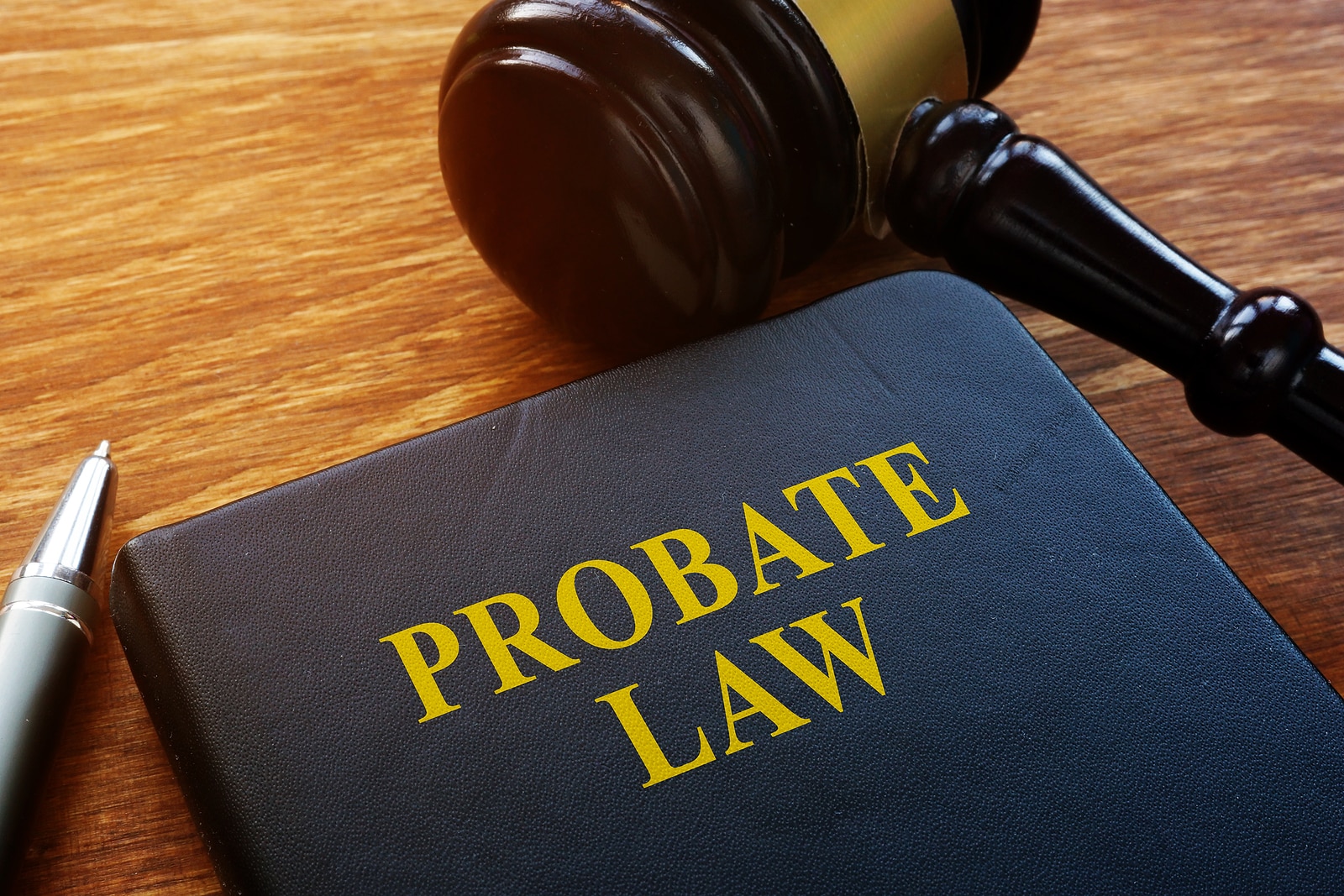Determining Which Assets Have to Go Through Probate in New York
Everyone needs an estate plan, even if you don’t think you have assets of any value or you don’t have children that need to be provided for. Understanding what probate is and how it works is an important part of the process of ensuring that your estate plan is thorough and clearly outlines your wishes. And one aspect of this is knowing which assets go through probate and which don’t.
New York Probate Rules
When someone dies, their assets need to be properly accounted for, the estate settled, and anything remaining passed on to the beneficiaries. This process is called probate, and most estates in New York will go through it. However, estates that are valued at less than $50,000 can skip probate. Instead, these estates go through a process that involves a voluntary administration hearing. This is similar to the traditional probate process but much simpler.
To be able to file a probate petition, the estate will need to have an executor, and there must be a will and an official death certificate. If there is no will and the estate was valued at at least $50,000, an administration proceeding must be filed. The closest family member is generally responsible for filing the administration. In order to get a better understanding of New York probate rules and laws, it may be in your best interest to contact a legal advisor for probate issues on Long Island.
Probate Assets
Most assets of an estate are subject to probate. This includes any real estate property, such as the person’s main home, a second residence, or investment properties, such as rentals. The exception to this is if there are joint owners on any of the property and the terms of the ownership include right of survivorship. Most bank accounts, including checking, savings, and investment accounts, are subject to probate.
All personal property must go through probate. This includes everything from large-ticket items like vehicles or expensive furniture to smaller items like jewelry or artwork. The value of the individual items isn’t relevant to whether they have to pass through probate, as long as the entire estate hits that $50,000 minimum value mark.
Non-Probate Assets
In general, assets that are jointly owned do not need to go through probate as long as one of the owners is still living. This is because the assets automatically pass to the surviving owner upon the other owner’s death. Assets with a named beneficiary, such as life insurance policies or retirement accounts, are also not subject to probate because the asset is already legally required to go to that beneficiary. This includes assets like trusts and retirement accounts.
Another example of an asset that doesn’t go through the New York probate process is a transfer-on-death account, also known as a TOD. These accounts are less complicated than trusts but offer the benefit of being able to bypass probate while also ensuring the beneficiary isn’t able to access the funds in the account until the owner’s death.
What Does the Probate Process Include?
Probate can be a lengthy process, and it’s important to know what to expect. Some people believe that the deceased’s property will be able to go to the beneficiaries very quickly or that any money in the estate will be able to be passed down as an inheritance, but this isn’t always the case. Below is an overview of the probate process in New York:
Filing the petition for probate. This needs to be filed by the executor of the estate and must be filed in the county where the person was living when they died. The petition includes the death certificate, the fill, the petition, and any required filing fees. Keep in mind that it can take several weeks to get an official death certificate, which pushes back the timeline to even start the probate process.
Distributing the notice of probate. Once the petition has been filed, the notice of probate action has to be sent out to everyone involved, including the potential beneficiaries.
Legitimizing the will. This is the main objective of the probate process. If there are no questions as to the will’s legitimacy and legality, this can be fairly simple to do. However, if any of the potential heirs question whether the will filed is the most current one or whether the person was in the proper state of mind, this process can drag on for months.
Determining the assets. Before the estate can be settled, there has to be a thorough assessment of all of the assets, and this is often more complex than it may seem. In many cases, the executor isn’t aware of all the deceased’s assets, and it can take weeks or months to discover and value all of the accounts, property, and other assets.
Paying creditors. Before any remaining inheritance can be distributed to the beneficiaries of the estate, any debts must be paid. For example, the mortgage on a house may need to be paid off or credit card accounts settled. Any debts incurred as part of the funeral expenses or administrative costs must also be paid at this stage.
Distributing the assets. The final step in the probate process is to distribute the remaining estate to the heirs as specified in the will.
How Can I Protect My Assets From Probate?
If your estate is valued at $50,000 or more, there isn’t much you can do to keep it from going through probate, but you can make use of estate planning tools like trusts and transfer-on-death accounts to protect specific assets from the process. The first step is to talk with a New York estate planning attorney to determine what your options are.
If you have questions about which assets are subject to probate in New York or have questions about estate law, call Davidov Law Group at 647-559-8355.

 (516) 253-1366
(516) 253-1366


